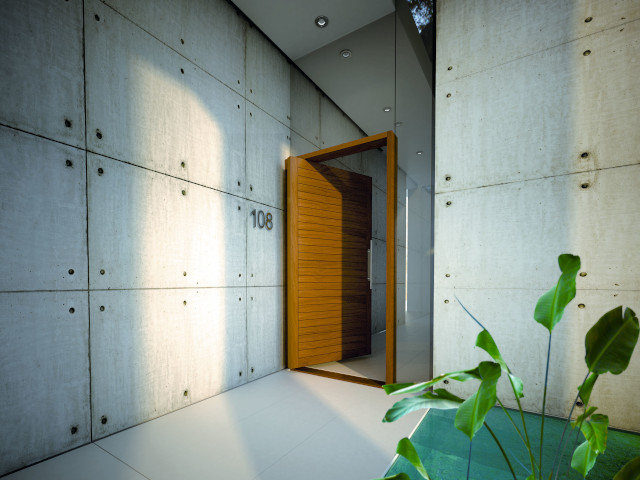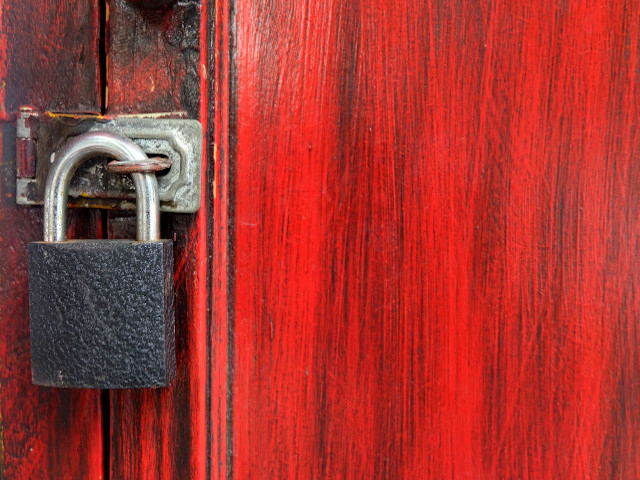Be safe – replace worn-out mortise locks with these easy tips from Cashbuild
You do need to replace them from time to time. And provided you have all the proper parts and tools you could replace the old with the new in about an hour.
Just pop in at consumer champion Cashbuild for a wide range of doors, locks and accessories – everything you need to help you sleep safe and sound at night.
Replacing the mortise lock-sets that are commonly used in homes can be done in a few easy steps. But installing a mortise lockset in a new door is a more specialised task and should be tackled by an experienced handyman.
You will need
Mortise locksets, strike plate, face plate, screws, chisel, hammer, screwdriver, sandpaper, tape measure.
Choosing the right lock for your home
Cashbuild recommends two-lever locks for internal doors. All external doors should have a three or four lever or a cylinder lockset.
Step 1
If possible replace your current mortise lock with one of the same brand - it will save some hassle. You won't have to make modifications to the existing lock pocket in the door and strike plate on the door frame. You'll usually find the brand name stamped on the face plate.
Step 2
Double-check that your new mortise lock is the right size by measuring the distance from the existing back set of the door handle from the latch edge of the door to the middle of the handle. Most mechanisms for good quality mortise locks are 5,7 cm. This is also in accordance with SABS requirements.
Step 3
Remove the existing mortise lock completely from the door before starting to install your new lock. Be careful not to break off any screws or parts of the lock as such obstructions will make it difficult to install a new lock in the same pocket. Remove the screws that secure the old handles and the face plate to the door. Once all screws and the spindle have been removed, carefully pull the lock out of the door.
Tip: Make sure the door doesn't close before the lock has been taken out otherwise you'll have to reinsert the spindle and handle to open the door.Step 4:
Make sure the receiving pocket in the door is clear of any loose wood chips or bits of the old lock, and that the door is clean and dry. Push the new lock into the pocket. Provided the previous lock was fitted properly the new lock should fit snugly. Check on both sides of the door that the existing lock hole and the channel for the spindle correspond when the new lock is in place.
Due to wear and tear you may need to use a hammer and chisel to tidy up loose bits. Be very careful when doing this – you don't want to chisel too deeply into any area on the door or on the door frame. This will affect the flush setting of your new lock and may prevent your door from opening and closing properly. Use sandpaper to smooth rough patches. Insert the spindle and affix the door handles, face plate and strike plate.
Tip: Use the side of the hammer to tap the chisel rather than the head – it lessens the impact of the hammer action on the chisel.- Visit your nearest conveniently located Cashbuild store for more easy DIY and home maintenance solutions to help make your house a home. For more information call the Cashbuild Customer Care line on 0860-100-582.



